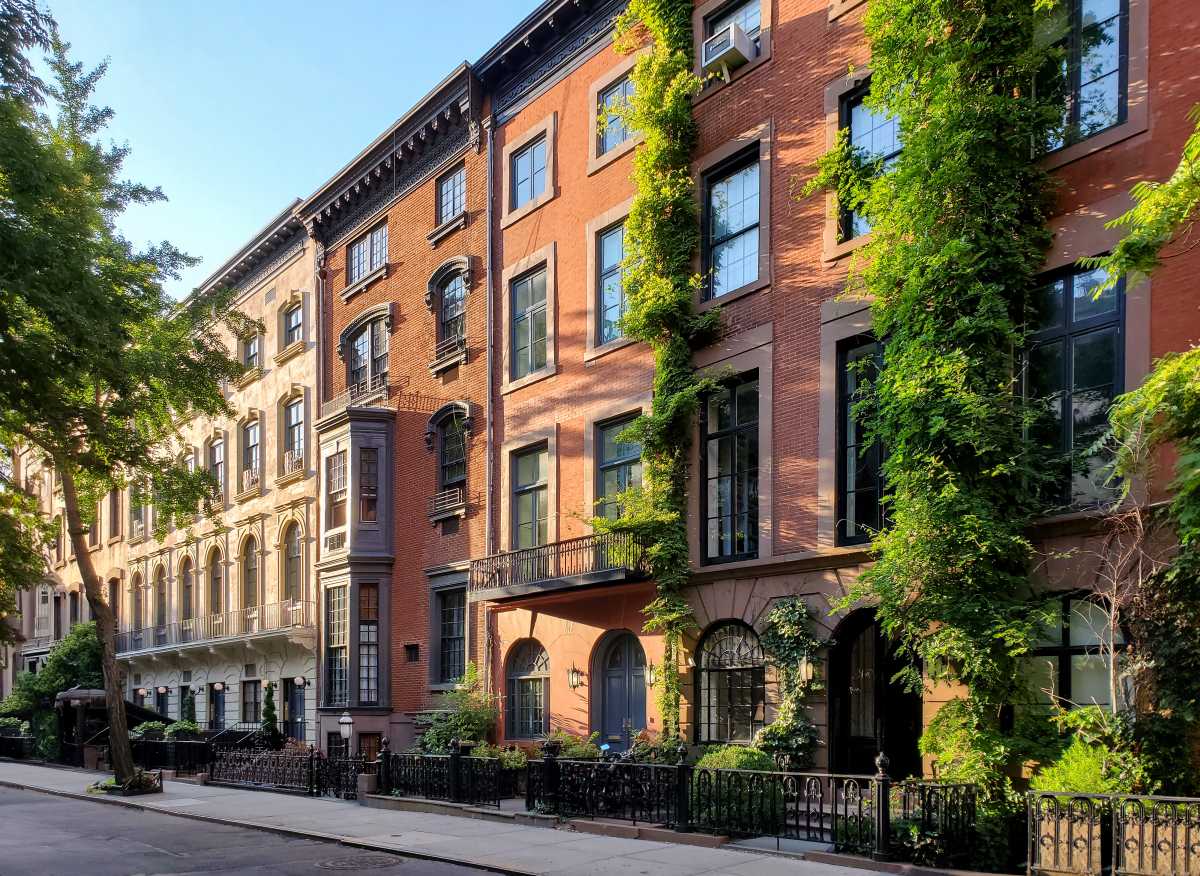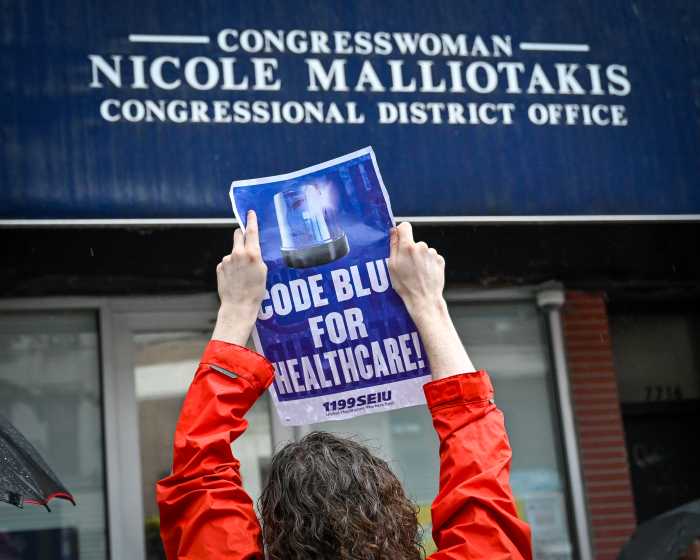By Bettina Damiani
“A billion here, a billion there and pretty soon you’re talking about real money,” Senator Everett McKinley was rumored to have said. No doubt, the Lower Manhattan Development Corporation has real money, nearly a billion dollars of its original $2.7 billion in its efforts to redevelop Lower Manhattan. Just how New Yorkers influence where the money will go is, unfortunately, is not so real.
After the attacks of Sept. 11, 2001, the federal government gave cash grants to New York State — with few strings attached — to assist with economic rebuilding. The ability to spend these funds quickly and with fewer restrictions than normal may have seemed like a good thing after the terrorist attacks.
However, over the past three years, residents of Lower Manhattan and many advocates have raised concerns about the opaque process by which these funds, or Community Development Block Grants, have been allocated. There is no official time-line, application process or opportunity for public hearings. Instead of hearings, the L.M.D.C. incorporated a write-in only comment period that has built a wall between New Yorkers and decision makers. The result has been that businesses and residents in lower income neighborhoods like Chinatown and the Lower East Side — who have no representation on the L.M.D.C. board — have been sidelined in the rebuilding process.
There have been numerous informal opportunities for the public to exchange ideas and opinions on what they believe is best for the rebuilding effort: The historic town hall Listening to the City forum at the Jacob Javits Center where 5,000 people participated in 2002, the L.M.D.C.’s neighborhood workshops in the summer of 2003, Beyond 16 Acres’ (a coalition of civic organizations — including Good Jobs New York — that are involved in the rebuilding) forum where participants voted on spending priorities, Imagine New York, and The Pace Poll’s periodic surveys of Downtown residents, just to name a few.
The consensus from these public outlets focuses on priorities such as affordable housing, job creation and improved transportation around Downtown. But, the L.M.D.C. has yet to incorporate these needs into its allocation of resources. Instead, the L.M.D.C. has continually denied the public the right to speak directly to those making some of the most important allocations of C.D.B.G. grants in U.S. history.
Other items like parks are important and the L.M.D.C. is considering the allocation of about $70 million for the Hudson River Park Trust. But spending on parks in Lower Manhattan would be an insult to longtime residents if it was not accompanied by investments to make sure Downtowners could afford to stay and enjoy the new green spaces.
With nearly a billion remaining and Governor George Pataki’s recent comment that the L.M.D.C. will have a plan for how to spend the remaining money by March, it’s about time an official process be put in place to ensure the diverse needs of New Yorkers are heard. Here are helpful hints for Gov. Pataki and the L.M.D.C. as they consider how to spend the remaining funds:
Diversify decision makers — currently the L.M.D.C. does not have any board members that are experts in developing affordable housing, workforce development or transportation. Moreover, the neighborhoods of Chinatown and the Lower East Side are not represented on the board. Madelyn Wils, chairperson of Community Board 1 — the wealthiest district in Lower Manhattan — is the only person representing those who live in Lower Manhattan. With four vacancies on the L.M.D.C. board, the governor and the mayor should immediately appoint new members that can advocate for the needs of remaining areas of Lower Manhattan.
Give the public a voice — the federal government said the L.M.D.C. didn’t have to abide by normal regulations and hold public hearings before it allocated C.D.B.G. funds. The governor and mayor can help break down the wall that has been built between the decision makers, the residents and workers of New York and in particular those who live and have their livelihood in Lower Manhattan.
By incorporating a broad and diverse economic vision, the concerns of jobs and housing that have been voiced since 9/11 could be addressed. For example, there are numerous requests for grants that would create jobs that are gathering dust at the L.M.D.C. One is from former restaurant workers from Windows on the World who formed a group called ROC-NY and have requested funds to open a cooperative restaurant in Lower Manhattan. Another is Fashion Space, which would provide affordable space for up-and-coming fashion designers and garment manufacturers.
While the governor and mayor reported in the summer of 2003 that the L.M.D.C. would set-aside $50 million for the creation of affordable housing, the L.M.D.C. still has yet to get approval for these funds from the federal government. Councilmember Alan Gerson’s proposal to spend more L.M.D.C. money to preserve affordable housing would help alleviate the crushing gentrification pressures on residents. In the meantime, thousands of luxury housing units — funded with 9/11 Liberty Bonds — are beginning to sprout up.
The allocation of 9/11 resources should be part of a valued democratic process. To exclude the opinion of people who are not connected to the decision makers will only ensure Lower Manhattan is rebuilt to prioritize special interests over the housing, employment and educational needs of the rest of us.
Bettina Damiani is project director of Good Jobs New York, a non-profit group that tracks economic development subsidies including those used for the rebuilding of Lower Manhattan.
Spending Downtown’s Community Money
The Lower Manhattan Development Corporation, a state-city agency created by Gov. George Pataki at the end of 2001, has about $800 million left out of the $2.783 billion of federal Community Development Block Grants it received to help Downtown rebuild after 9/11. Pataki said in November that he, Mayor Bloomberg and the L.M.D.C. would decide in March on a plan to spend the rest of the money. Downtown Express has asked individuals, leaders and advocates to write down their own spending plans. This is the first essay in the series.
WWW Downtown Express


























